Determine the least common multiple of a set of numbers with this match-up activity.
How Do You Find the Least Common Multiple of a Set of Numbers?
Math is full of acronyms… LCM, GCF, PEMDAS, etc. So what does LCM mean, exactly? LCM stands for least common multiple. If your students understand the concept of skip counting, then this math skill should be pretty simple for them to grasp. To find the LCM, all you have to do is list out the multiples of each number and find the smallest common multiple that each number shares. For example, when looking at the numbers 2, 3, and 9, the number 18 would be a multiple of all three numbers. There will be additional common multiples, but there is only one LCM.
If you are looking for a resource for your students to practice finding the LCM, use this match-up activity to reinforce those skills. To play, cut apart and mix up the 36 cards. Students solve for the least common multiple of the numbers given and find a card with the correct LCM.
Through this activity, students will practice determining the least common multiple of a set of numbers.
Tips for Differentiation + Scaffolding
A team of dedicated, experienced educators created this resource to support your math lessons.
In addition to individual student work time, use this LCM activity to enhance learning through guided math groups, whole class lessons, or remote learning assignments.
If you have a mixture of above and below-level learners, check out these suggestions for keeping students on track with the concepts:
🆘 Support Struggling Students
For students who need additional support, invite them to reference previous assignments, posters, or anchor charts. Additionally, this activity can be completed in a 1-on-1 or small group setting.
➕ Challenge Fast Finishers
To extend this activity, students can complete a true/false gallery walk where students have to determine which cards are correctly matched and which are not. Students could also use the cards to create a memory-style game.
🏃 Relay Race
Divide students into two team lines and show a flashcard to the students at the front of each line. The student that produces the correct LCM first wins the flashcard. The team with the most flashcards at the end of the game wins!
💃 Mirror Game🕺
This activity works best with small groups because you’ll need enough dry-erase boards and markers for each student. Divide your class into 2 groups seated in 2 lines facing each other. Project a task card and give students a set time to record their answers on their boards. The students turn their boards around on your cue so their partner can see their answers. If both students in a pair have the correct answer, they get 2 points. If one has the correct answer, the team gets 1 point.
Plan lessons for all ability levels with our 10 Best Scaffolding Strategies!
Easily Prepare This Resource for Your Students
Use the dropdown icon on the Download button to choose between the color PDF, black and white PDF, or editable Google Slides version of this resource.
Print on cardstock for added durability and longevity. Place all pieces in a folder or large envelope for easy access.
This resource was created by Lorin Davies, a teacher in Texas and Teach Starter Collaborator.
Don’t stop there! We’ve got more activities and resources that cut down on lesson planning time:
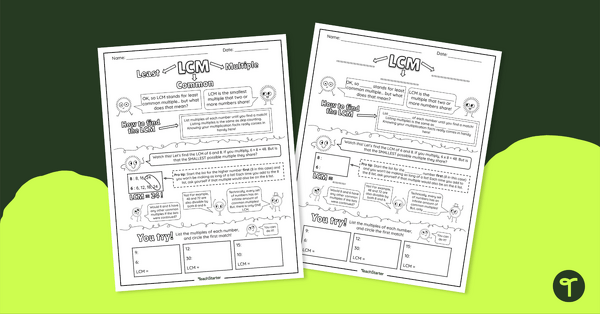
teaching resource
Least Common Multiple – Doodle Notes
Learn how to find the LCM of a set of numbers with these doodle notes.
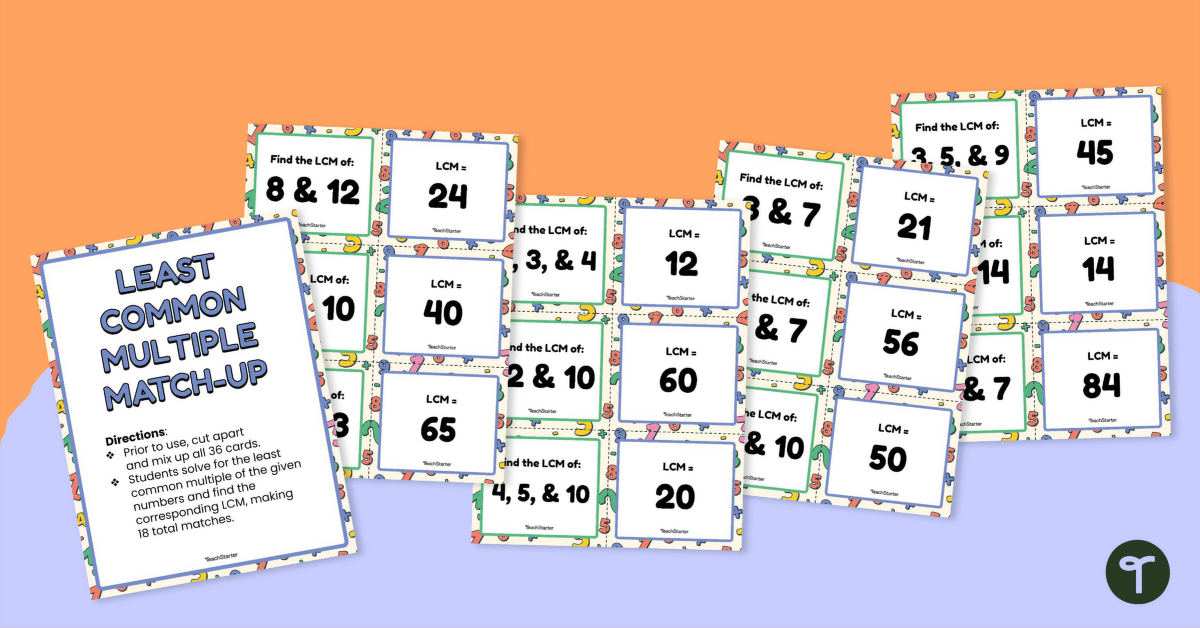

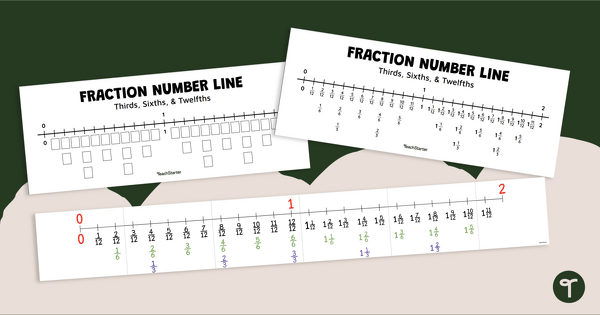
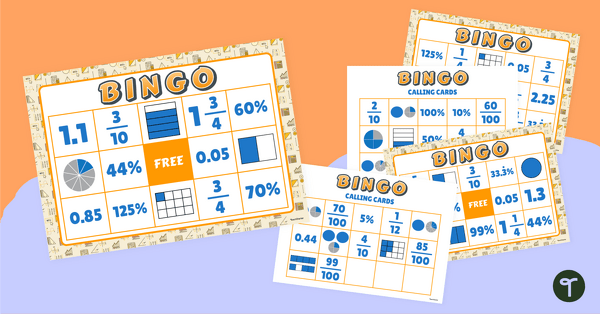
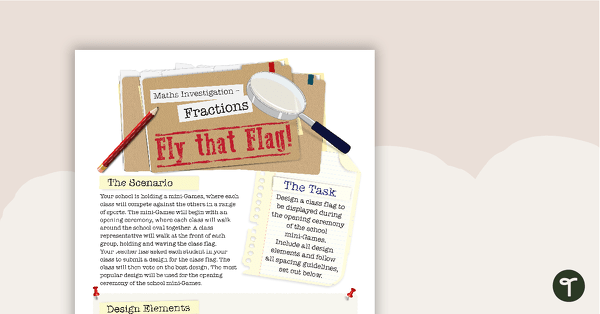
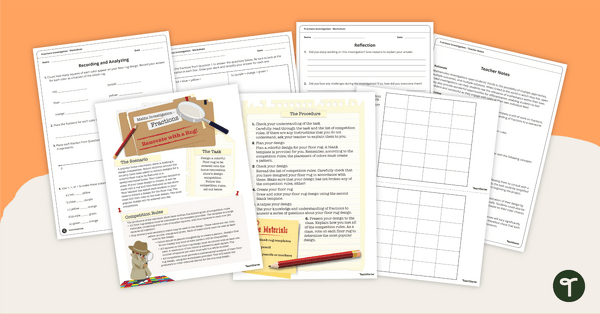
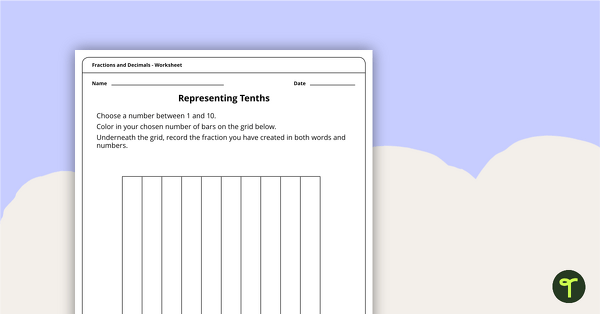
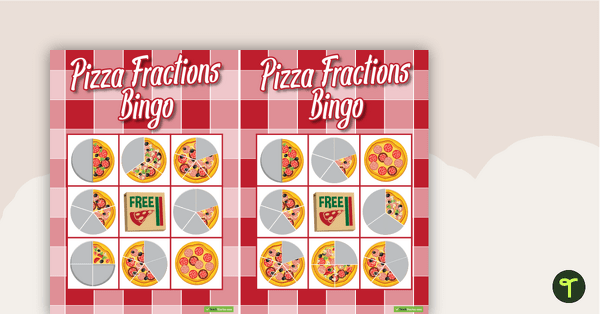
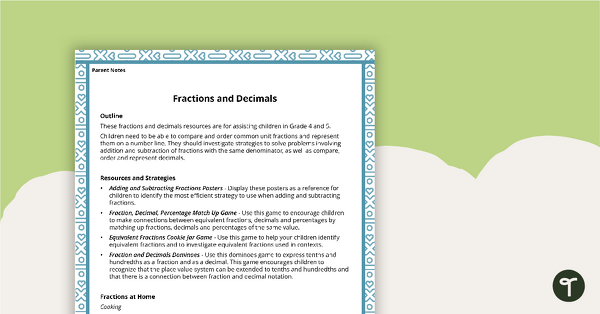


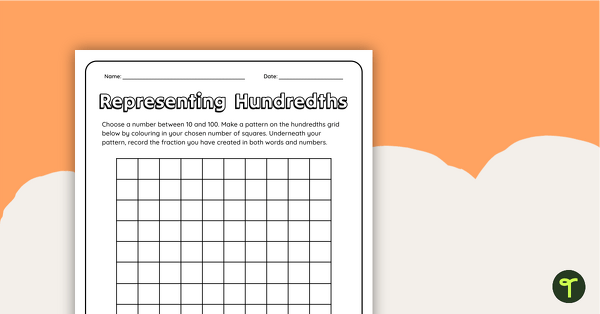
0 Comments
Write a review to help other teachers and parents like yourself. If you'd like to request a change to this resource, or report an error, select the corresponding tab above.